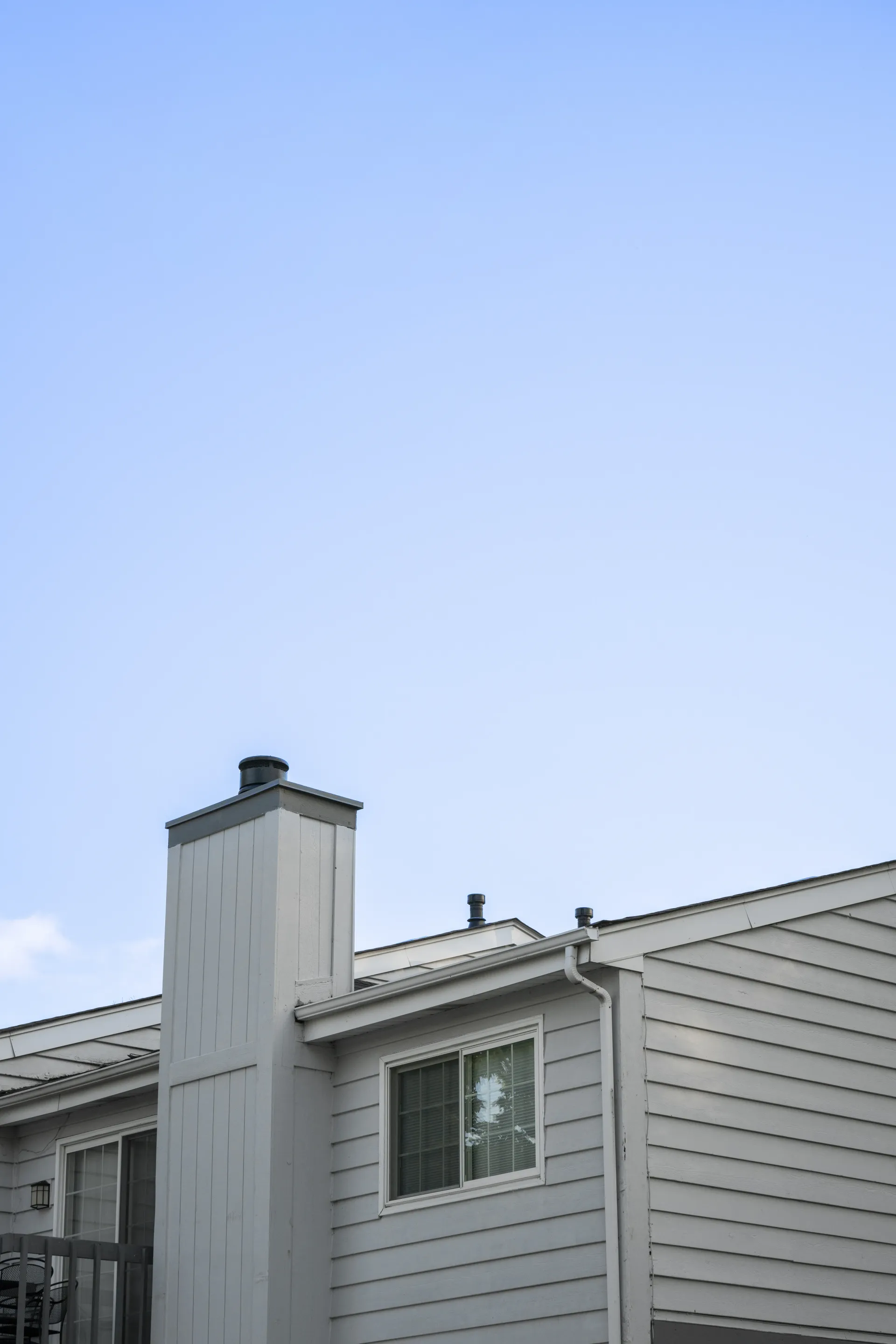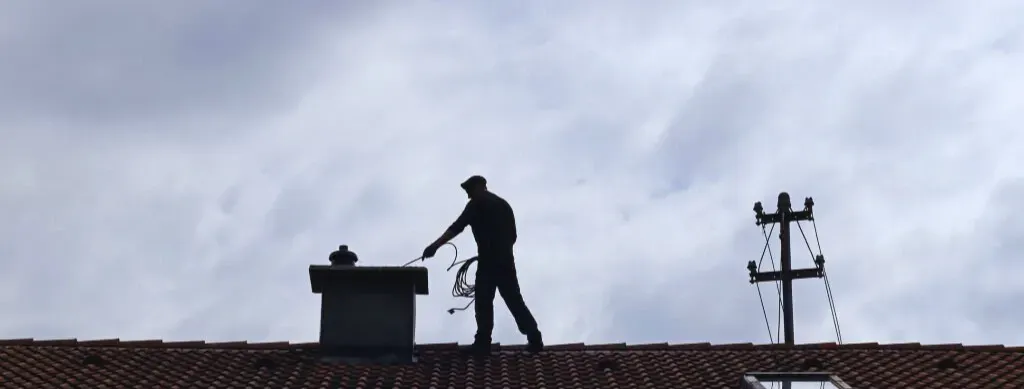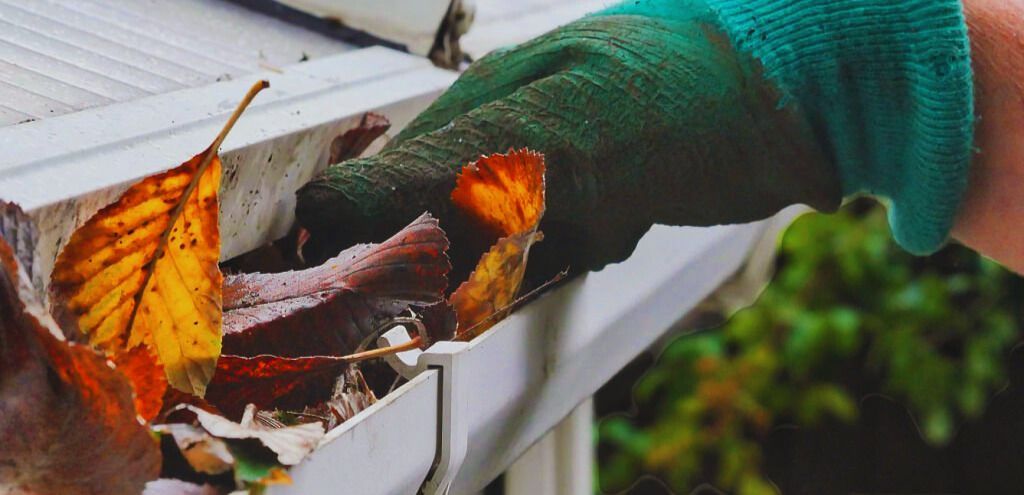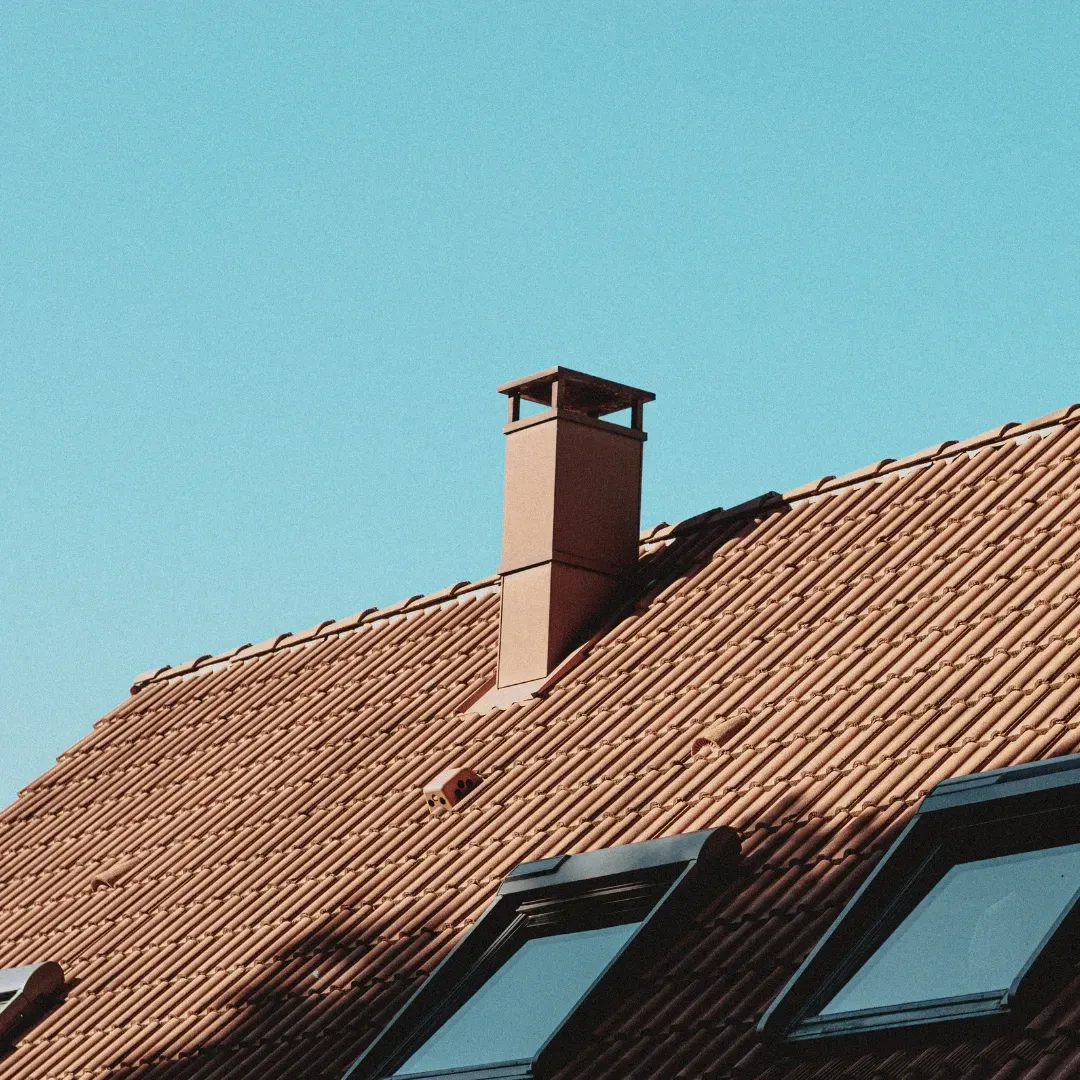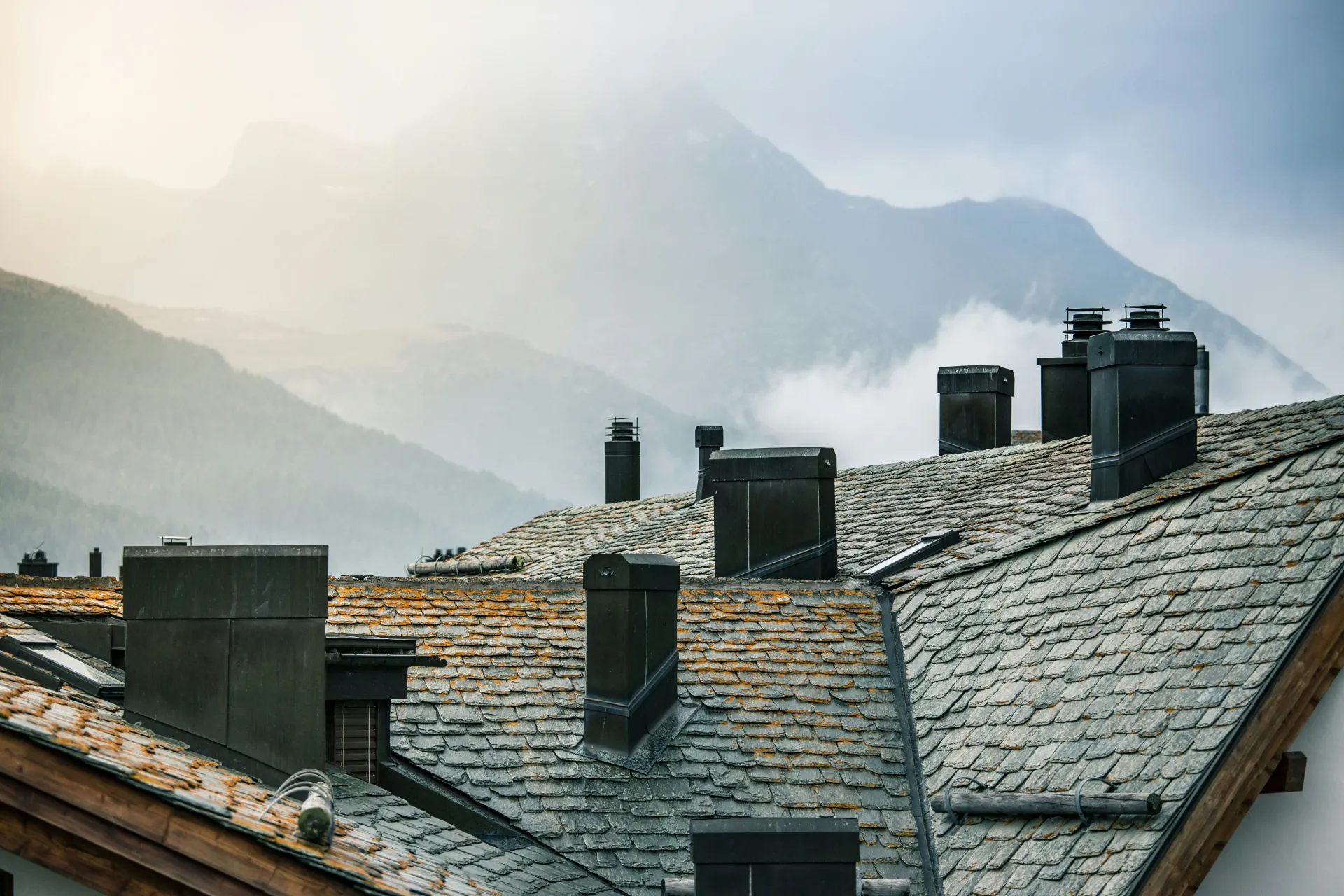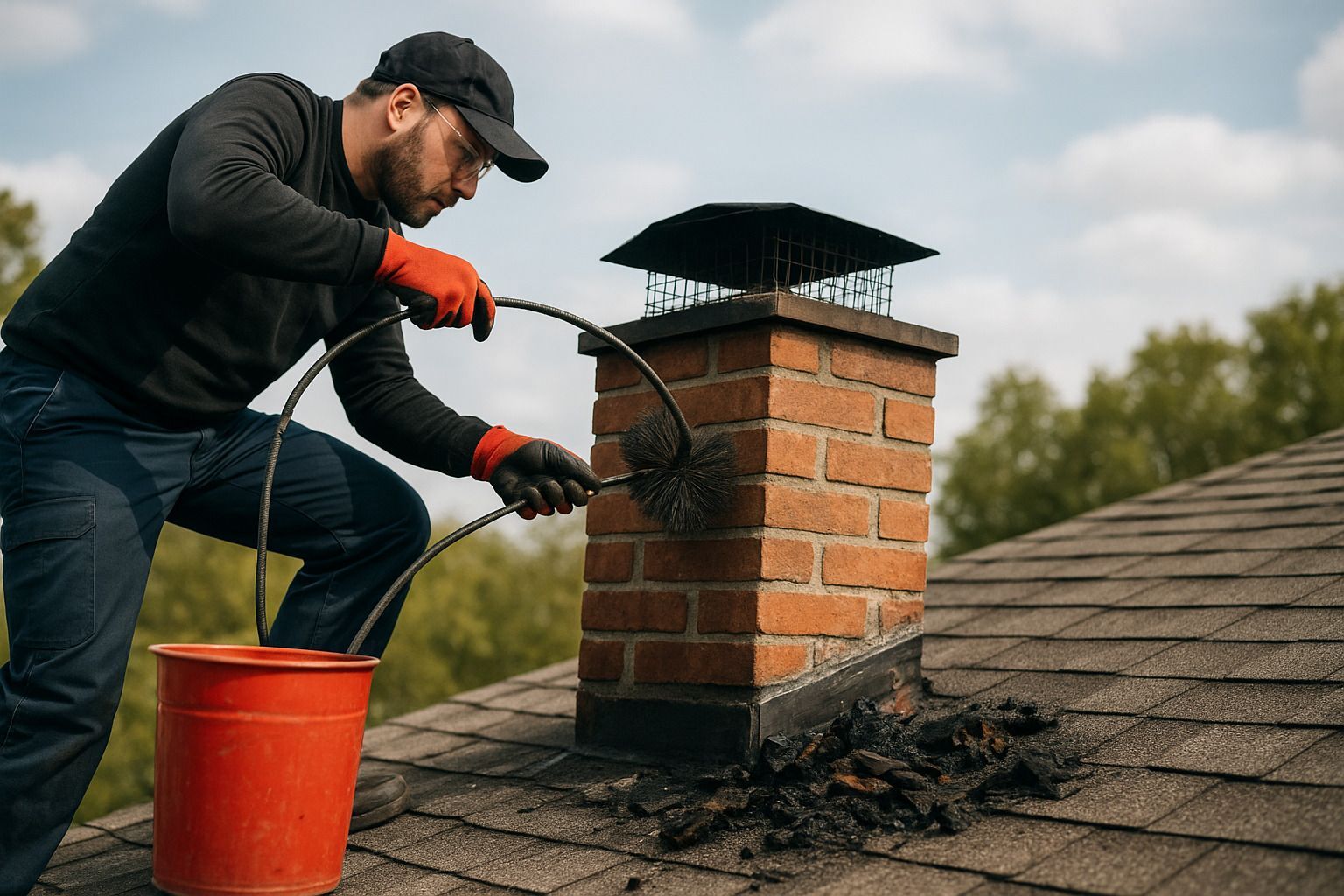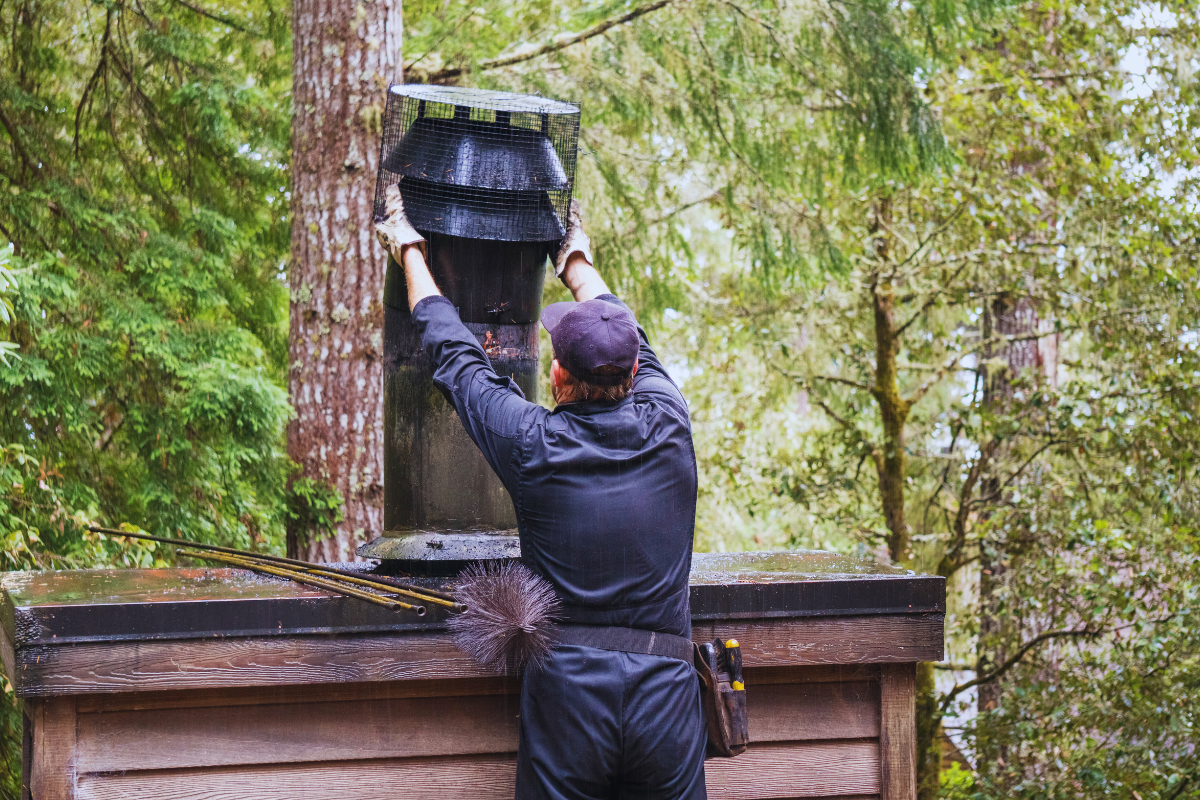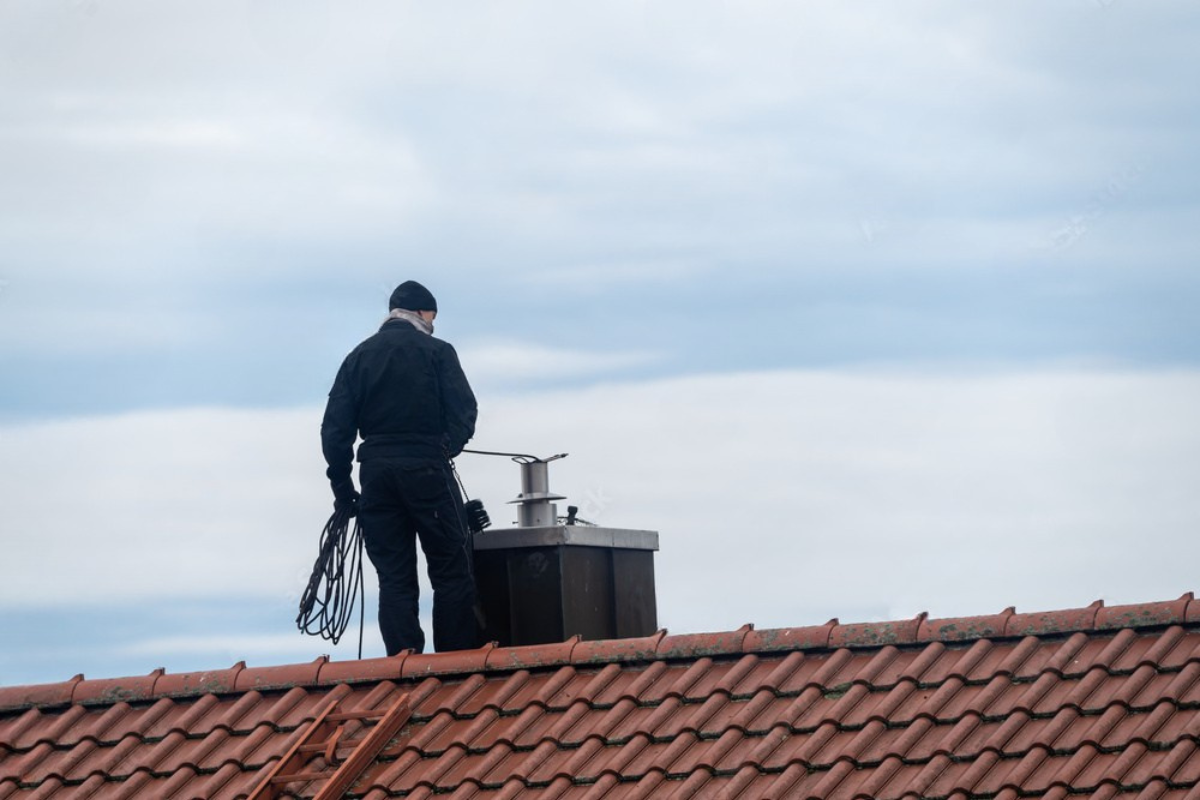How to Prepare Your Chimney for Fall: Essential Maintenance Tips
As the crisp fall air rolls in and the days grow shorter, there's nothing quite like the warmth of a cozy fire. But before lighting up your fireplace for the season, it's crucial to ensure your chimney is ready for the colder months ahead. Preparing your chimney for fall isn't just about comfort; it's about safety, efficiency, and longevity. In this comprehensive guide, we will explore all the essential chimney maintenance tasks that will keep your home safe and warm throughout the season.
From a thorough cleaning to necessary repairs, waterproofing, and ensuring proper airflow, following these steps can make all the difference in preventing costly damage and dangerous situations. Let's dive into the details of how to prepare your chimney for fall and why each step is so important.
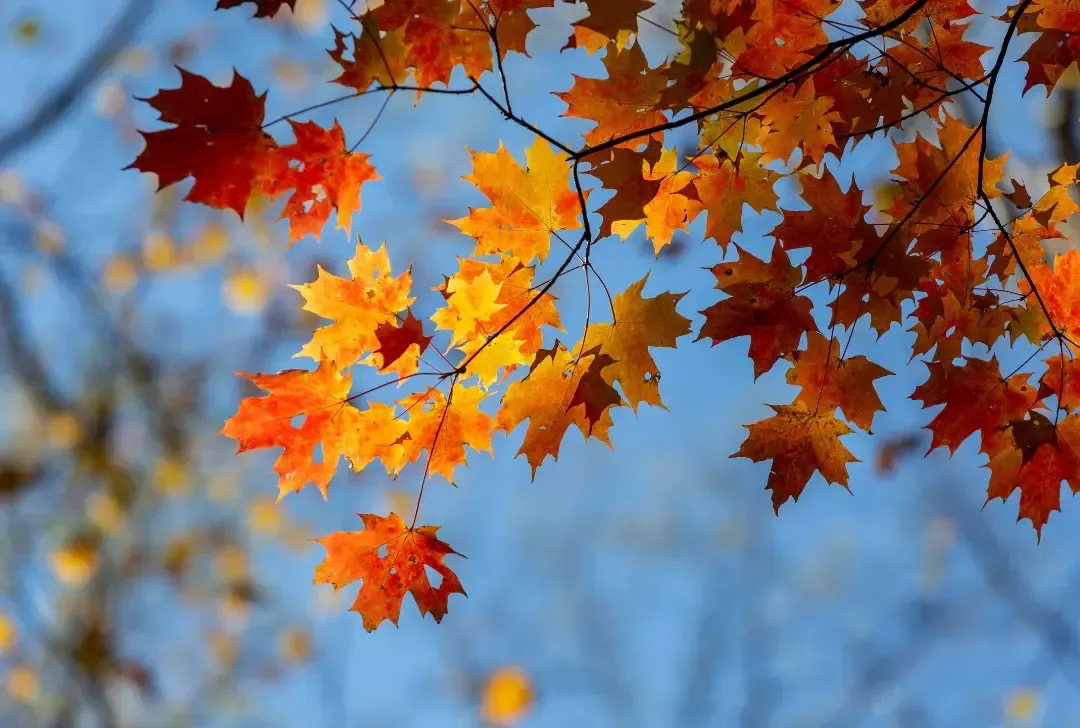
The Importance of Fall Chimney Maintenance
As summer turns to fall, most homeowners shift their focus from outdoor living spaces to indoor comfort. The fireplace becomes a central feature in many homes, providing both ambiance and warmth. However, without proper care, your chimney can present a range of risks—from chimney fires to structural damage.
Proper fall chimney maintenance ensures that your chimney is safe, efficient, and ready to handle the colder months ahead. It also gives you peace of mind knowing that you're not only protecting your home but also your loved ones.
Chimney Inspection: The First Step to Fall Readiness
Before firing up your fireplace this fall, schedule a professional chimney inspection. This is the most critical part of preparing your chimney for the colder months. A certified technician will check for blockages, creosote buildup, and structural issues that could pose serious safety risks.
A professional inspection should cover all areas of the chimney, including the flue, chimney cap, and the integrity of the chimney liner. If left unchecked, issues like cracks in the flue or missing chimney caps can lead to dangerous situations such as carbon monoxide poisoning or chimney fires.
You can find reputable chimney service providers to assist with your inspection, such as Chimney Service for a thorough and professional review of your system.
Cleaning Your Chimney: Eliminating Creosote and Soot
Creosote is a byproduct of burning wood, and it builds up inside your chimney over time. This highly flammable substance is one of the leading causes of chimney fires. Fall is the perfect time to remove creosote and any soot buildup to ensure your chimney is operating safely.
Professional chimney sweeps can eliminate even the smallest deposits of creosote, reducing the risk of a fire. For homeowners who use their fireplace frequently, annual or even bi-annual cleanings are recommended. Regular cleanings not only improve safety but also ensure that your chimney drafts properly, which improves the efficiency of your fires.
Chimney Waterproofing: Protecting Against Fall and Winter Weather
Moisture is one of the biggest enemies of chimneys, and fall brings with it an increase in wet weather conditions. When water enters your chimney system, it can cause serious damage, including cracking, spalling, and even the collapse of the masonry structure. Waterproofing your chimney is a proactive step to ensure your chimney remains intact through the wet fall and freezing winter months.
Consider hiring a professional for Chimney Waterproofing, which involves applying a special waterproofing agent to the exterior of your chimney. This process allows the brick-and-mortar to "breathe" while keeping water out, preventing damage from freeze-thaw cycles that occur during colder months.
Checking the Chimney Cap and Crown
The chimney cap and crown play critical roles in keeping debris, animals, and moisture out of your chimney. Over time, the chimney crown can crack, allowing water to seep in, while a damaged or missing chimney cap can lead to blockages or even unwanted animals nesting inside your chimney.
During your fall preparation, inspect your chimney cap and crown for any signs of wear and tear. If you notice cracks or a missing chimney cap, address these issues immediately to prevent bigger problems down the road. A sturdy chimney cap will also improve the efficiency of your fireplace by maintaining proper airflow and keeping the flue clear of debris.
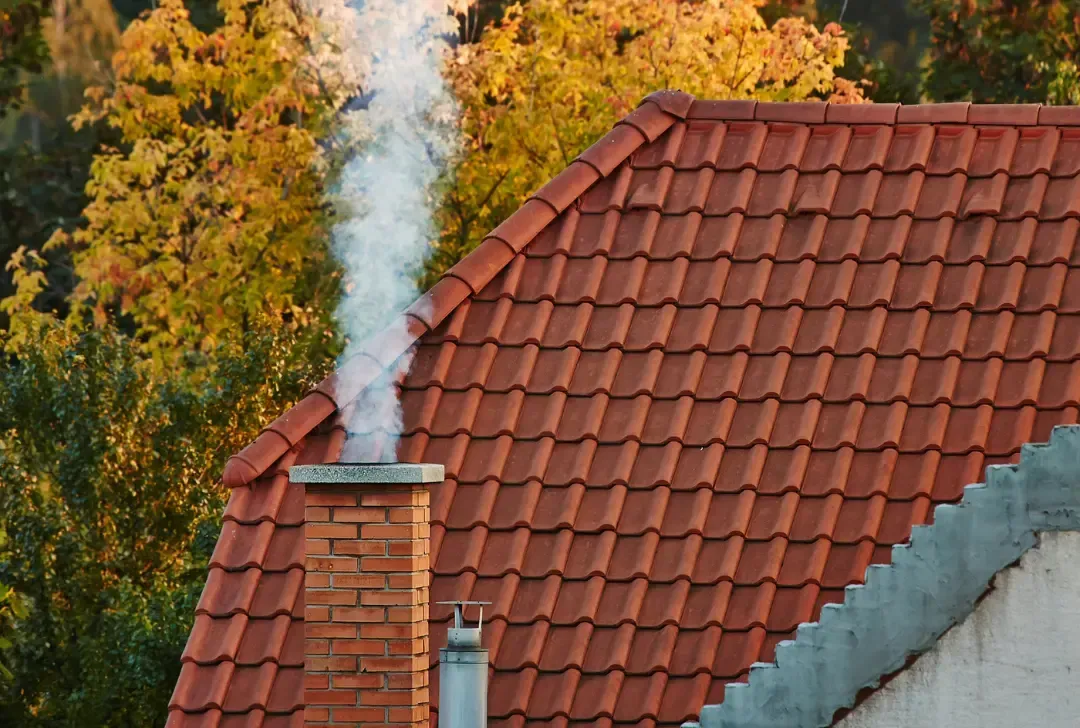
Installing or Inspecting Stainless Steel Liners
A Stainless Steel Liner is one of the best investments you can make for your chimney. These liners offer increased safety by providing a protective barrier between the flue and the walls of your home. They also enhance the efficiency of your fireplace, improve ventilation, and reduce creosote buildup.
If your chimney is older or if you’ve experienced any issues with drafting or excessive creosote, installing a stainless steel liner may be necessary. Fall is the perfect time to assess your liner’s condition or install a new one, ensuring your chimney is ready for the cold season ahead.
Demolition and Tuckpointing: Addressing Masonry Damage
Over time, the mortar between your chimney bricks can deteriorate due to exposure to the elements. This process, known as spalling, leads to cracks and holes in the masonry, allowing water to seep into the chimney. If left unchecked, masonry damage can compromise the structural integrity of the chimney, leading to costly repairs or even a complete rebuild.
Fall is an ideal time to address these issues through Demolition and Tuckpointing. Tuckpointing involves removing damaged mortar and replacing it with fresh mortar, ensuring your chimney is structurally sound and watertight before the onset of colder weather.
Clearing Obstructions: Removing Debris and Animals
Chimneys can often become blocked by leaves, twigs, or even animals nesting inside. These obstructions not only reduce the efficiency of your chimney but can also lead to dangerous situations such as chimney fires or carbon monoxide buildup. As part of your fall preparation, it’s important to clear any obstructions to ensure your chimney is safe for use.
Chimney caps are designed to prevent animals and debris from entering your chimney, so be sure yours is securely in place and functioning properly. If you suspect a blockage, it’s best to call a professional chimney sweep to remove it safely.
Testing the Chimney Draft: Ensuring Proper Airflow
A properly drafting chimney is essential for a safe and efficient fireplace. If your chimney is not drafting properly, it can cause smoke to enter your home rather than venting through the chimney. This not only reduces air quality but can also be a fire hazard.
To test your chimney's draft, light a small piece of newspaper or kindling and see if the smoke rises straight up the chimney. If the smoke wafts back into the room, it’s a sign that your chimney needs attention, whether it’s cleaning or repairing the flue.
Inspecting the Damper: Improving Efficiency
The damper plays a vital role in controlling the flow of air through your chimney. If it’s not functioning properly, you could be losing valuable heat and energy through your chimney even when it’s not in use. Damaged or poorly functioning dampers can also allow cold air drafts to enter your home, reducing your heating efficiency during the colder months.
During your fall chimney preparation, ensure that the damper opens and closes smoothly and that there are no gaps when it's closed. A properly sealed damper will keep warm air inside and cold air out, improving the overall efficiency of your heating system.
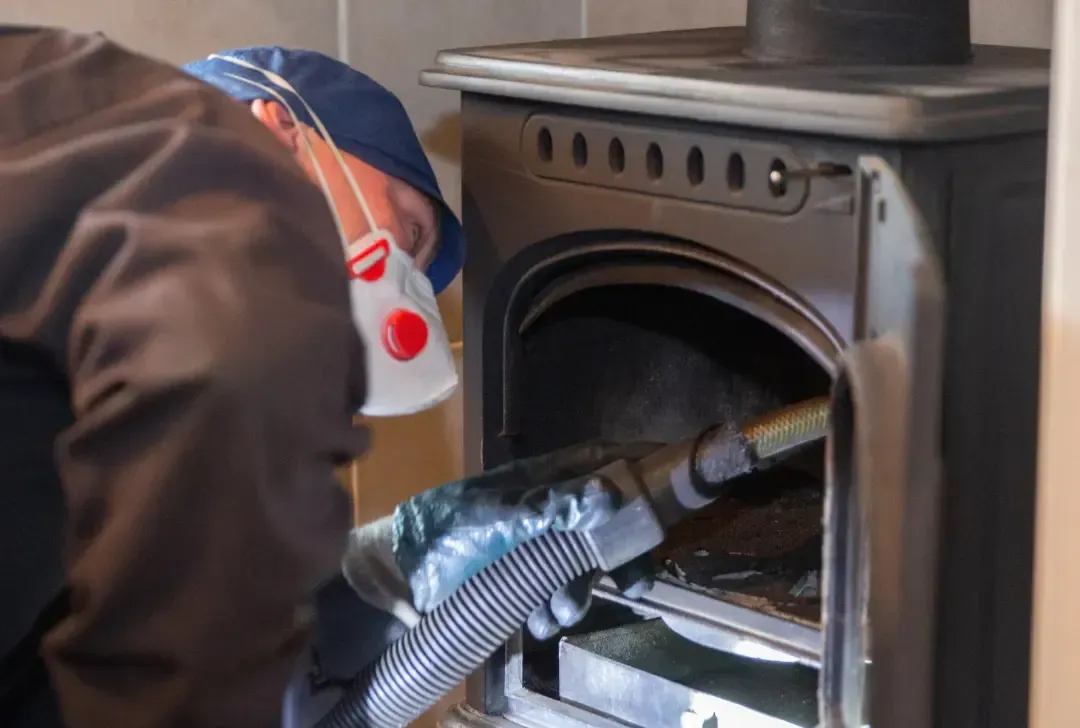
FAQs
How often should I clean my chimney?
It’s recommended that you clean your chimney at least once a year, especially before the fall season. If you use your fireplace frequently, you may need more frequent cleanings to remove creosote buildup.
Why is chimney waterproofing important?
Chimney waterproofing prevents water from seeping into the masonry, which can cause serious damage over time. Waterproofing protects against cracking, spalling, and freeze-thaw cycles that occur during fall and winter.
How can I tell if my chimney needs repairs?
Signs that your chimney needs repairs include visible cracks, missing bricks, a damaged chimney cap, or excessive creosote buildup. Scheduling a professional inspection is the best way to identify any issues before they become costly problems.
What is the role of a chimney cap?
A chimney cap prevents debris, animals, and moisture from entering your chimney. It also helps improve ventilation and reduces the risk of chimney fires by keeping the flue clear.
Can I inspect my chimney myself?
While you can perform a basic visual inspection of your chimney, it’s always recommended to have a professional conduct a thorough inspection to identify hidden issues such as structural damage or blockages.
What are stainless steel liners, and why should I consider one?
Stainless steel liners protect your chimney from creosote buildup, improve drafting, and enhance overall safety by providing a durable, long-lasting barrier. They are especially beneficial for older chimneys or those with drafting issues.
Conclusion
Preparing your chimney for fall is an essential task that ensures the safety, efficiency, and longevity of your chimney and fireplace. From scheduling an inspection to cleaning, waterproofing, and addressing any necessary repairs, each step is crucial in protecting your home and loved ones during the colder months. Take the time this fall to care for your chimney, and enjoy a warm, cozy, and safe fireplace all season long.
For more information on chimney services, waterproofing, and repairs, consider reaching out to Select Chimney Services.
